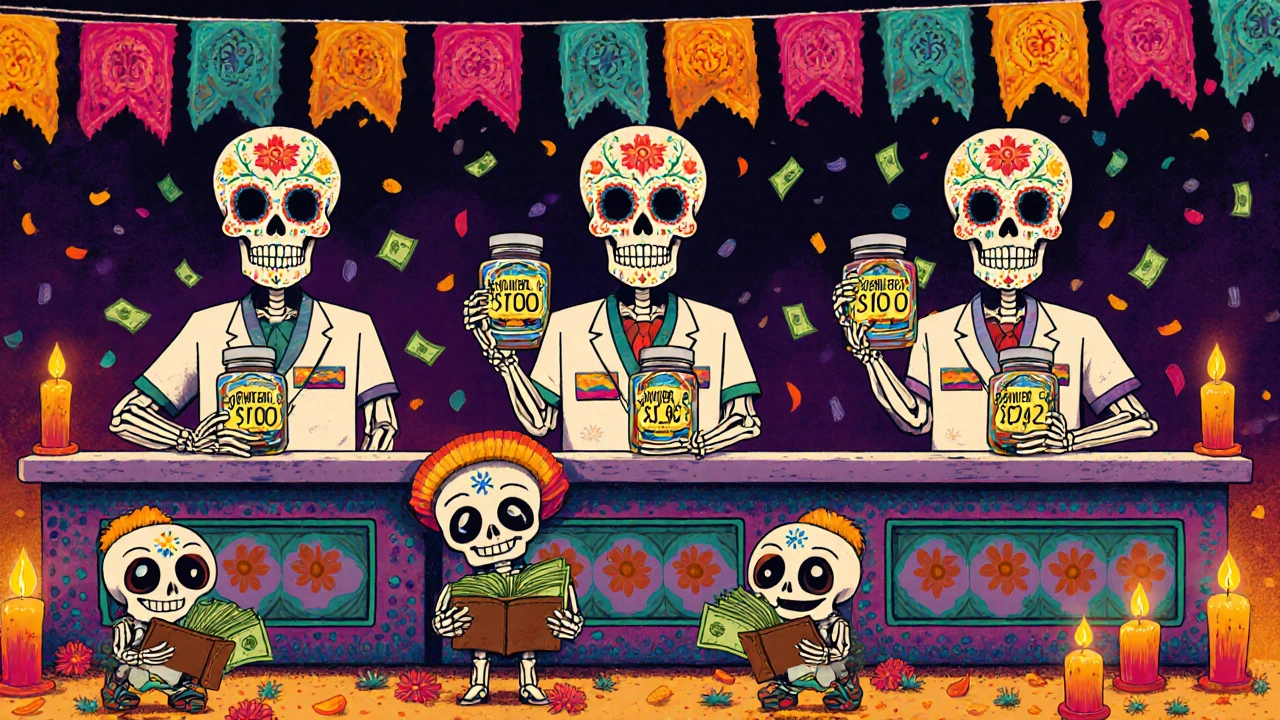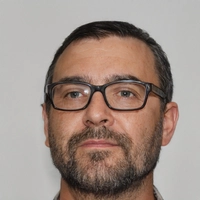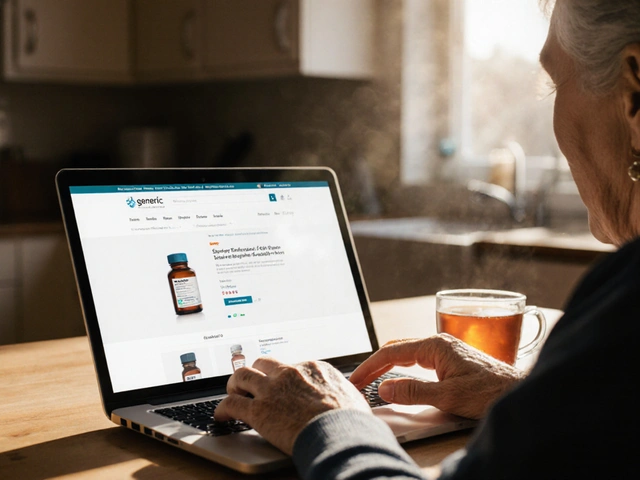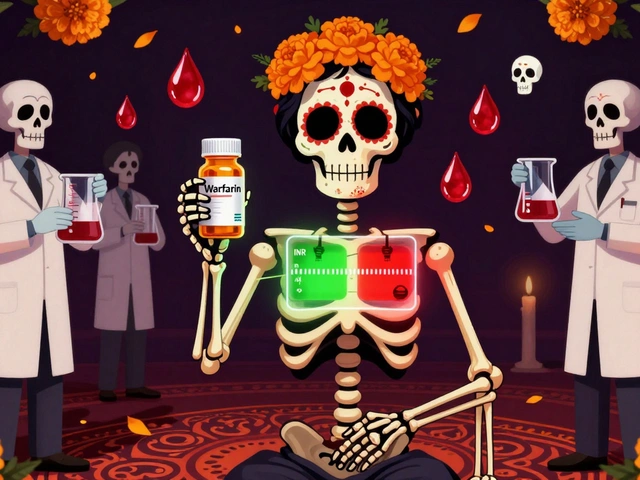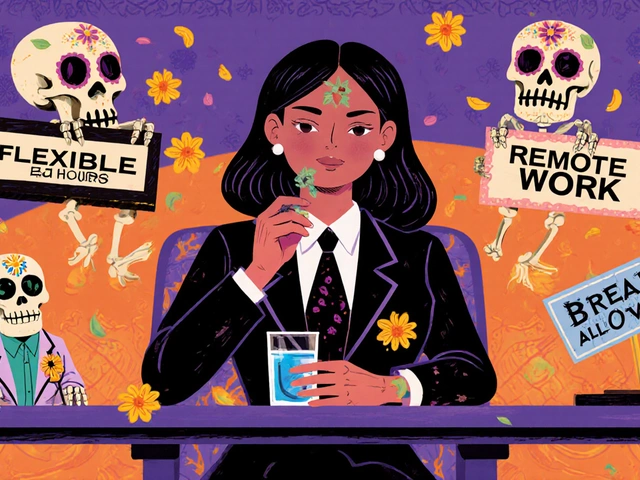When a brand-name drug’s patent expires, the first generic version hits the market-and prices drop. But that’s just the beginning. The real savings come when a second and then a third generic manufacturer enters the race. These aren’t just more options-they’re price smashers.
Why the second generic is a game-changer
The first generic drug typically cuts the brand-name price by about 13%. That sounds good, but it’s not enough to make a big difference for most patients. When a second generic arrives, prices plunge again-down to about 58% of what the brand used to cost. That’s a 36% drop from the first generic alone. For a $100 monthly prescription, that means you’re now paying $58 instead of $87. For someone on multiple meds, that adds up fast. This isn’t theory. The FDA tracked thousands of generic drugs approved between 2018 and 2020. In every case, the moment a second company started selling the same pill, the price dropped sharply. Why? Because now manufacturers have to compete. No one wants to be the one selling at the highest price when someone else is undercutting them.The third generic hits the accelerator
Add a third generic, and prices fall even further-to 42% of the original brand price. That’s more than half off from where they started. In markets with three or more generic makers, prices drop an average of 20% within just three years. And it doesn’t stop there. When ten or more companies are selling the same drug, prices can fall 70-80% compared to the brand. Think about it: if you’re paying $42 a month for a generic that used to cost $100, that’s $696 saved per year. Multiply that by millions of patients, and you get $265 billion in savings across the U.S. in just two years. That’s not a small number. That’s the difference between someone taking their meds or skipping doses because they can’t afford them.What happens when competition disappears
The problem isn’t too many generics-it’s too few. Nearly half of all generic drug markets in the U.S. are stuck with only two manufacturers. That’s called a duopoly. And in a duopoly, prices don’t keep falling. They stabilize. Sometimes, they even rise. A 2017 study from the University of Florida found that when a third generic manufacturer exits the market-either because they can’t compete or get bought out-prices can spike by 100% to 300%. One drug went from $0.15 per pill to $0.50 overnight after a competitor left. Patients didn’t get a choice. They had to pay more or go without. This is why the entry of a third generic isn’t just helpful-it’s critical. It prevents monopolies from forming behind the scenes. When three or more companies are fighting for market share, no one can raise prices without losing customers. But with only two, they can quietly coordinate-or just wait for the other to blink first.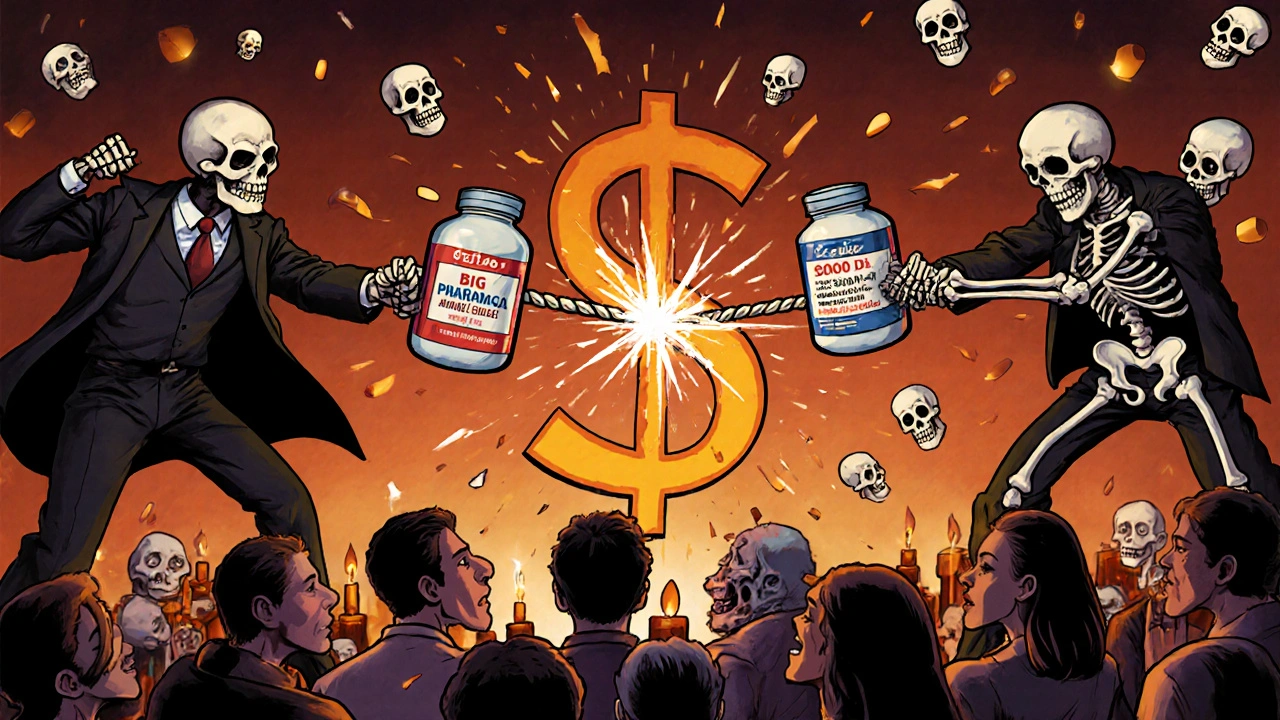
Who’s really controlling the price?
You’d think more generics means lower prices for patients. But here’s the catch: the savings don’t always reach the pharmacy counter. The real price drop happens at the manufacturer level. When multiple companies produce the same drug, they compete on cost. But then the drug moves through a supply chain controlled by just three big wholesalers-McKesson, AmerisourceBergen, and Cardinal Health. These companies own most of the distribution. And three pharmacy benefit managers (PBMs)-Express Scripts, CVS Health, and UnitedHealth’s Optum-control how prescriptions are paid for. These middlemen negotiate discounts with manufacturers. In markets with lots of generics, they get better deals. But they don’t always pass those savings on to patients. Some PBMs keep the discount as profit. Others charge high copays even when the drug is cheap. So while the manufacturer’s price might be $0.10 per pill, you still pay $10 at the pharmacy because of how the system is structured.How big pharma fights back
Brand-name drug companies don’t give up easily. When their patent runs out, they use tricks to delay generics. One common tactic is “pay for delay”-where the brand pays a generic maker to wait before selling their version. The Blue Cross Blue Shield Association estimates this costs patients $3 billion a year in extra out-of-pocket costs. Another trick is “patent thicketing.” A single drug might have dozens of overlapping patents, each protecting a small part of the formula or delivery method. One blockbuster drug had 75 patents, stretching its monopoly from 2016 all the way to 2034. That’s nearly 20 years of no competition. These aren’t legal loopholes-they’re intentional strategies. And they work. The FDA says they’re one of the biggest reasons why some drugs still have only one or two generics years after patent expiry.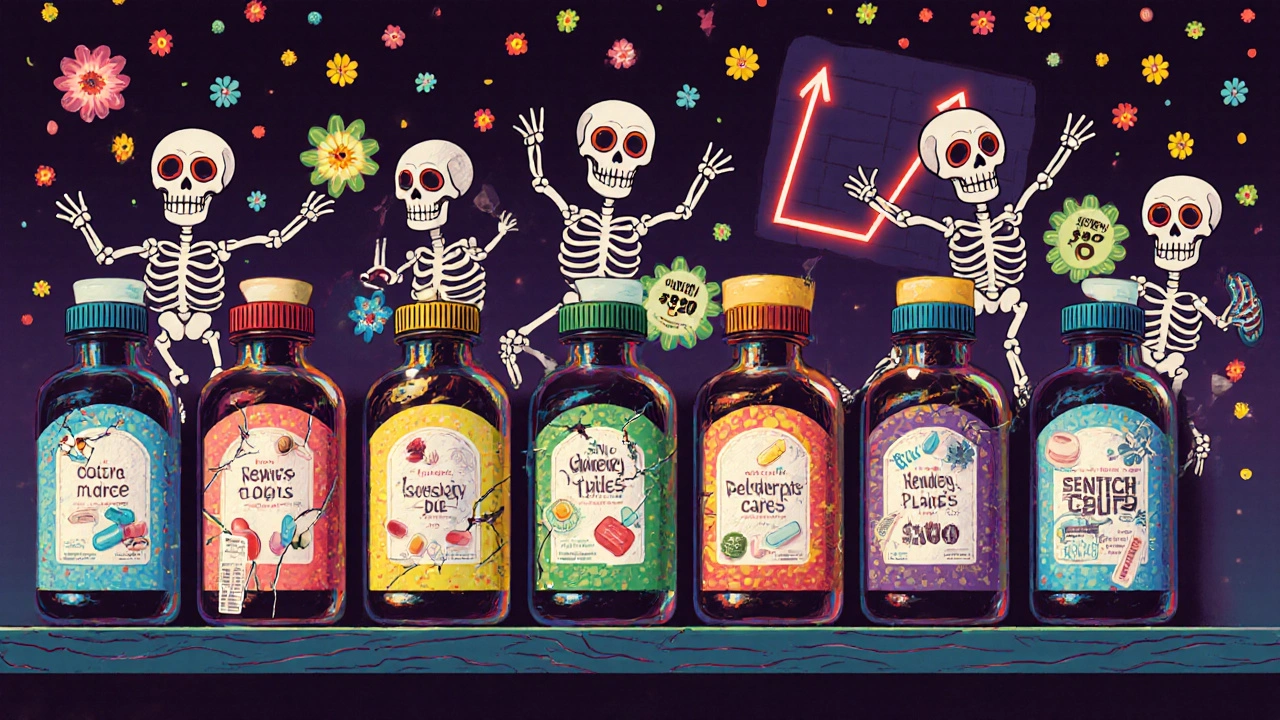
What’s being done to fix it
There’s progress. The 2022 CREATES Act stops brand companies from blocking generic makers from getting samples they need to test their drugs. The Preserve Access to Affordable Generics Act targets “pay for delay” deals. And the FDA’s GDUFA III program, running from 2023 to 2027, is speeding up approvals for complex generics-like injectables and inhalers-that used to take years to enter the market. But the real power still lies with competition. The Congressional Budget Office warns that without stronger rules, Medicare could lose $25 billion a year by 2030 because generics aren’t entering fast enough. The Actuarial Research Corporation estimates that if we could just get more second and third generics into the market, we could save $1 trillion in drug spending over the next decade.What patients can do
You can’t control how many companies make a drug. But you can control what you pay. Ask your pharmacist: “Is there another generic version of this drug?” If they say no, ask why. Sometimes, the answer is simple: the pharmacy only carries one brand of generic because it’s the cheapest for them-not because it’s the cheapest for you. Use tools like GoodRx or SingleCare to compare prices across pharmacies. Sometimes, the same generic costs $5 at one store and $25 at another-not because the drug is different, but because of how the PBM negotiated the deal. If your insurance denies coverage, appeal. Many insurers will cover a different generic if you show them the price difference. And if you’re on Medicare Part D, check your plan’s formulary each year-drug tiers change, and so do prices.The bottom line
More generics don’t just mean more choices. They mean lower prices. The second generic cuts costs by nearly half. The third cuts them again. That’s how real savings happen-not through lobbying, not through policy alone, but through market competition. The system isn’t perfect. Middlemen take a cut. Big pharma fights back. But when three or more companies are selling the same pill, the price can’t stay high. That’s the power of competition. And it’s the best tool we have to make medicines affordable.Why do generic drug prices keep dropping after the first one enters the market?
When a second or third company starts making the same generic drug, they compete to win market share by lowering prices. The first generic usually cuts the brand price by about 13%. The second drops it to around 58% of the brand price, and the third pushes it down to 42%. Each new entrant forces others to lower their prices-or lose sales.
What’s the difference between a duopoly and a competitive generic market?
A duopoly means only two companies make the generic drug. In that case, prices often stabilize or even rise because there’s little pressure to undercut each other. A competitive market has three or more manufacturers. That’s when prices drop fastest-sometimes by 70-80% compared to the brand. Competition drives prices down; lack of competition lets them creep back up.
Do all generic drugs have second and third versions?
No. Nearly half of all generic drugs in the U.S. have only two manufacturers. Some drugs never get more than one generic because the market is too small, manufacturing is too complex, or brand companies block entry with legal tactics. Drugs like insulin, inhalers, and injectables often have fewer generics because they’re harder to copy.
Why don’t I see lower prices at the pharmacy even when generics are cheap?
The price drop happens at the manufacturer level, but pharmacy prices are set by PBMs and insurers. They negotiate discounts with drug makers but don’t always pass those savings to you. Your copay might stay high because the PBM keeps the discount as profit, or your plan uses a high-tier formulary. Always check prices with tools like GoodRx-you might find a much lower cash price.
Can I ask my doctor or pharmacist for a specific generic brand?
Yes. You can ask your pharmacist if there are multiple generic versions available and which one is cheapest. Your doctor can also write "dispense as written" or specify a brand if needed. But in most cases, the pharmacy chooses the cheapest option-unless you ask for a different one. Don’t assume they’re giving you the best deal.
What’s the biggest threat to generic drug competition?
The biggest threats are "pay for delay" deals-where brand companies pay generics to delay entry-and patent thickets, where brand companies file dozens of patents to block competition. Also, consolidation among manufacturers (like Teva and Viatris buying up smaller companies) reduces the number of independent players. Fewer makers = less competition = higher prices.

